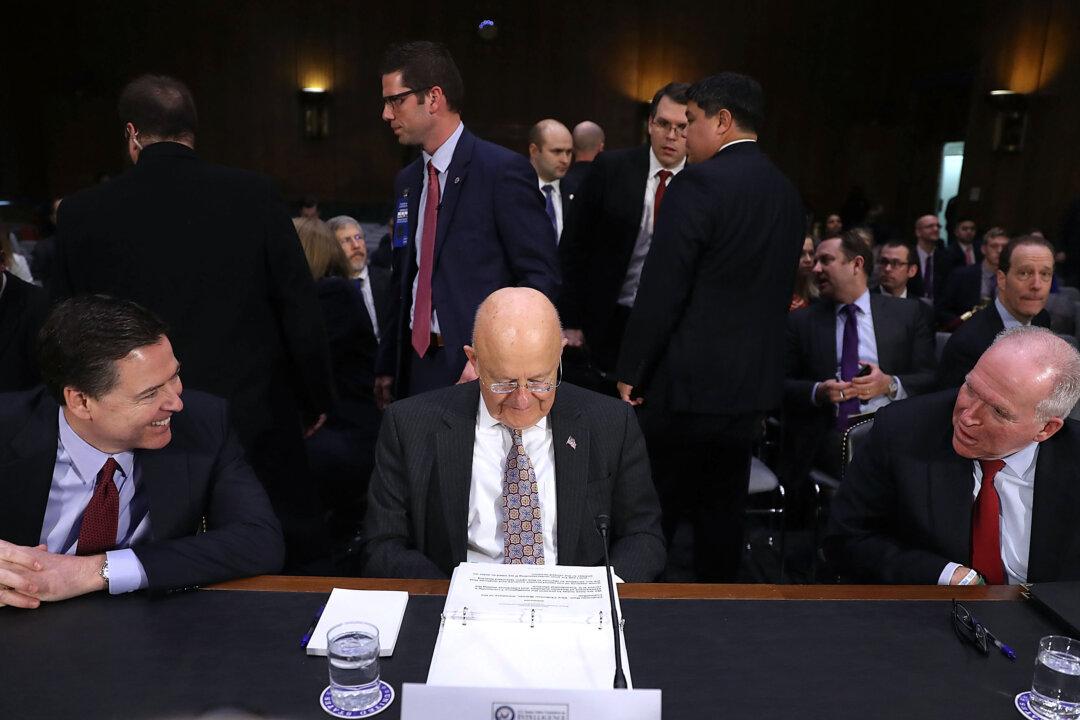Commentary
President Donald Trump’s long-anticipated visit to Europe during the 75th anniversary of the D-Day invasion has now come and gone. He arrived in the UK on June 3 and departed for Ireland on June 5, before hopping across the Channel for the official D-Day ceremonies in France on June 6.
What I would like to draw attention to is what occurred immediately prior to Trump’s arrival in the UK, and what subsequently happened immediately after his departure.
Just prior to Trump’s visit, UK Prime Minister Theresa May announced that she would be resigning. She made the announcement on May 24 and stated that June 7 would be her last day as the leader of the conservative party.
Following Trump’s departure from Europe, it was suddenly revealed in the UK press that a massive bomb plot in London by the Iran-linked terror group, Hezbollah, had been foiled several years ago, and that authorities had deliberately hidden that plot from the public.
It was in the fall of 2015 that UK intelligence agency MI5 discovered a cell of Hezbollah terrorists operating in northwest London. According to reporting by The Telegraph, the group had amassed a stockpile of more than three metric tons of ammonium nitrate, a fertilizer compound that is a popular key component in homemade bombs.
The Oklahoma City bombing in 1995 by domestic terrorist Timothy McVeigh, which killed 168 people and caused extensive damage to the Alfred P. Murrah Federal Building, involved two tons of ammonium nitrate. The Hezbollah terror cell had compiled three metric tons at the time it was caught. So let’s make this crystal clear: This wasn’t going to be any kind of small-scale attack on London.
Hezbollah isn’t an independent terror organization. It’s a fully owned and organized tool of the Iranian regime, which means Iran had a direct hand in fomenting a plot to set off a massive bomb in London.
David Reaboi, an analyst at the Security Studies Group, was one of the first people to grasp the import of the revelation of the Hezbollah London bomb plot.





